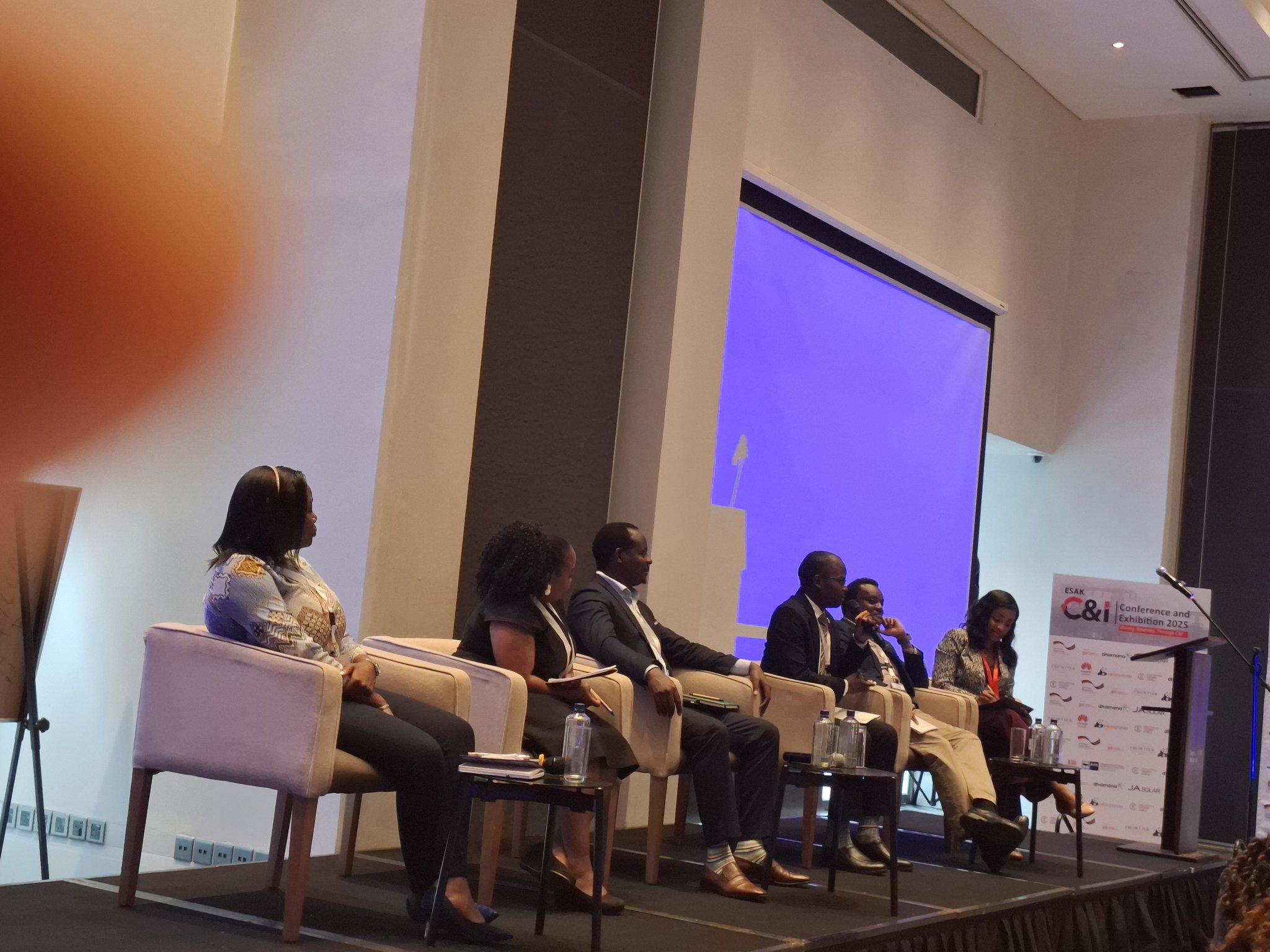 Panellists during the ESAK C&I Conference Exhibition n Nairobi/COURTESY
Panellists during the ESAK C&I Conference Exhibition n Nairobi/COURTESY
Kenya’s use of captive power—electricity generated on-site by businesses—is growing fast and is expected to help support the national electricity grid.
This was announced at the second Commercial and Industrial (C&I) Conference and Exhibition hosted by the Electricity Sector Association of Kenya (ESAK) in Nairobi. The two-day event brought together energy companies, customers, financiers, and government officials.
The theme of the event was “Driving Reliability through C&I.” It focused on how captive power is changing from just powering businesses to helping improve the overall electricity system in Kenya.
Captive power is usually produced by businesses using solar panels on rooftops, small hydro plants, or generators using waste materials like bagasse from sugar factories. These systems are set up directly at business premises.
Currently, captive solar power in Kenya has reached almost 300 megawatts (MW), while solar power on the main grid is at 210MW. ESAK says captive power could grow to 1,000MW (1 gigawatt) by 2030.
“C&I allows consumers to take charge of their electricity needs often in very innovative ways that only involve the consumer paying their regular bill, at a lower cost,” said George Aluru, CEO of ESAK.
New rules, such as Netmeterin,g allow customers to send extra electricity to the national grid. They can then take back half of it for free within a year. Other upcoming rules like Open Access and Wheeling will let customers use grid lines to move electricity from one place to another, including from preferred power sources.
“With regulations such as Netmetering, the conversation now shifts from customers’ own power source to customers supporting the grid,” said Aluru.
This shift is driven by the need for clean, affordable, and reliable energy for industries and businesses across Kenya.











